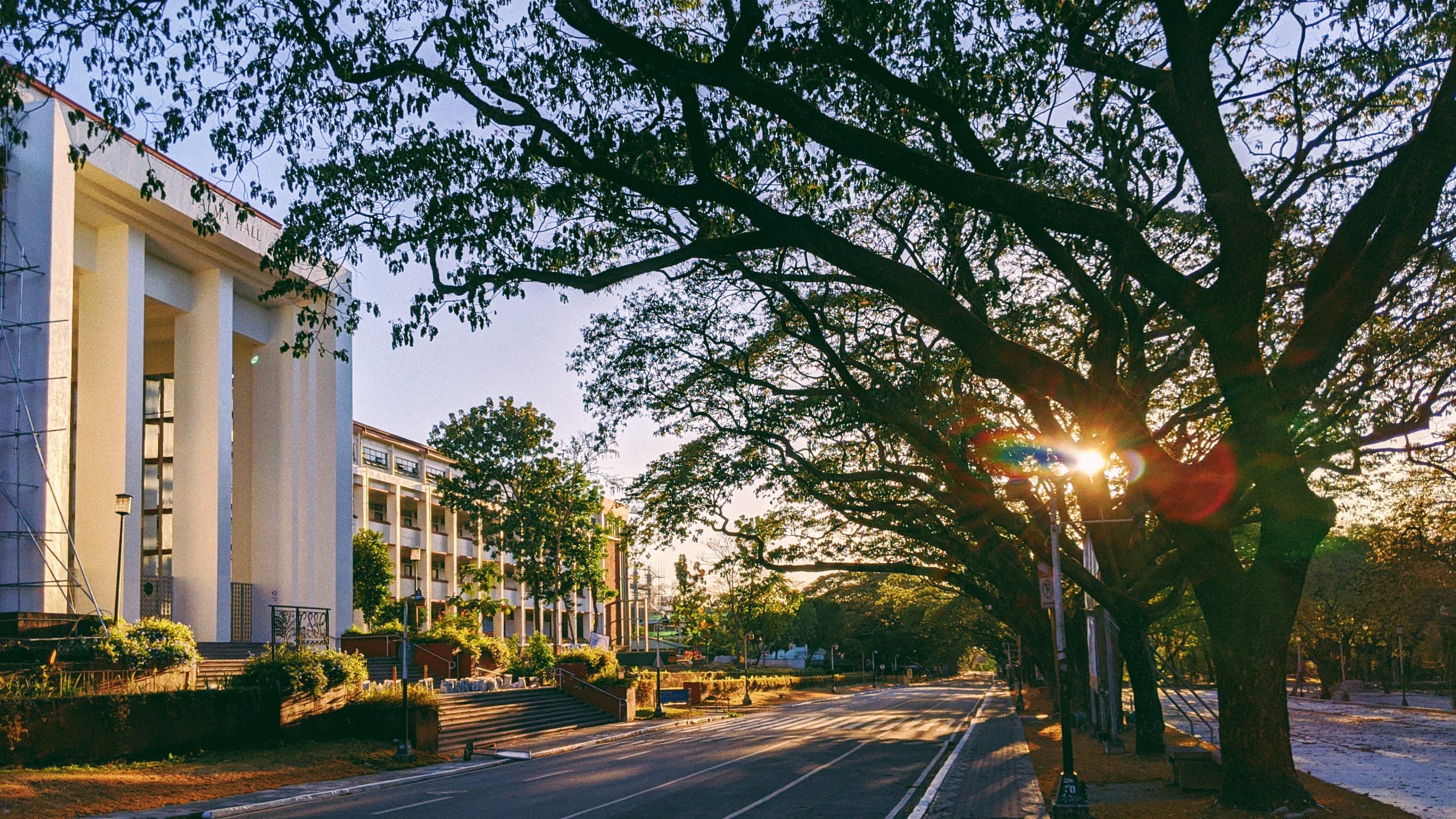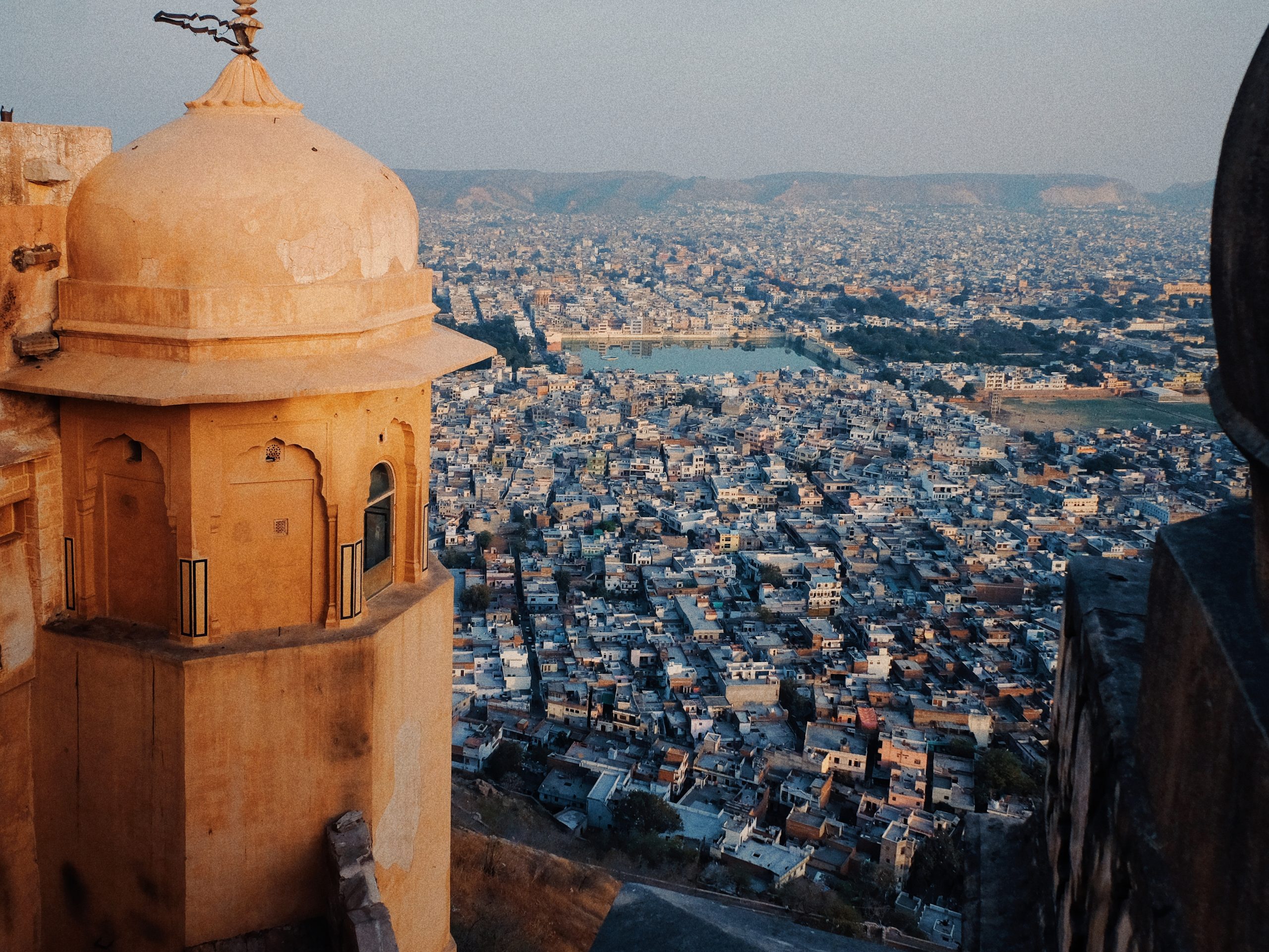
Note: This is an antedated post (actual date of photos)
It has been more than two weeks since I arrived back in the Philippines from Paris–thus completing my ‘self-quarantine’ period with no symptoms whatsoever. This afternoon I had to run an important errand outside the house. I took it as an opportunity to take one walk around the Academic Oval of the deserted University of the Philippines Diliman campus at sunset.



June 9, 2019. We had originally planned on a whole day excursion to Nusa Penida, an island east of Bali known for its picturesque beaches and cliffs. However, considering that we were still exhausted and that a trip to the offshore island would take an entire day, we decided to change our plan and opted for a more relaxed day at a beach club near our hotel in Seminyak and explore some of the nearer towns.
That morning, we skipped hotel breakfast and asked Joe to bring us to a place where locals love to eat. He decided to bring us to another “babi” (pork) place called Pak Malen where they serve babi guling (see photos below). True enough, even though we were there a good half hour before opening time, a horde of customers and Grab delivery riders were already waiting. Apparently, in Muslim-dominant Indonesia, Bali is one of those places with a big fascination with otherwise haram (forbidden food) pork.
How was it? The dish was hella spicy for me and it turned my face into a giant waterfall of sweat. It’s like lechon kawali, Bali-style, but make it tongue- burning with chilis and spicy sidings. Halfway into trying to finish my food, my tongue had numbed I couldn’t really decipher the other flavors anymore. I would, later on, learn upon further inquiry that it was possible to get a non-spicy version of the dish.



After breakfast, we decided to go to Canggu, Bali’s hipster and laidback surf town north of Seminyak.

February 18, 2018. Rajasthan is not named “the land of kings” for nothing. Its cities feature monuments, forts and palaces of the different families that ruled the land over the centuries. The day before, I visited the City Palace in the center of the city’s old district. This day, I visited another one of such palaces–the Hawa Mahal.



Known as the ‘Palace of Winds’, the Hawa Mahal is a complex with a five-storey building that was built in 1799 by the ruling maharaja at the time. The main palace features a facade that looks like a honeycomb, decorated with almost a thousand small window openings adorned with intricate designs. The main reason behind the making of Hawa Mahal was for Rajput women who were not allowed to appear in public places. Through the small windows, the women were able to watch royal processions and see the city from behind the walls, without people from the outside being able to see those behind.

